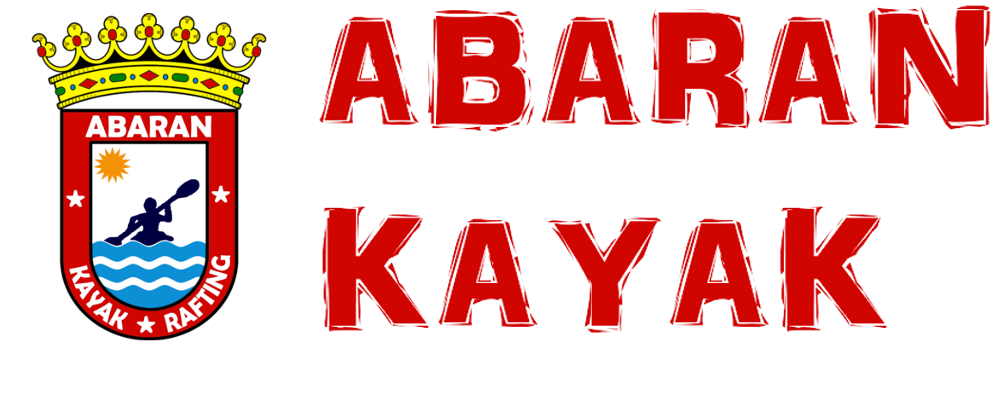Each page should have a unique title that includes the topic (or keyword) that that page is meant to target. Performing an SEO audit regularly helps maintain your website’s health and search visibility. Systematically checking indexing, technical performance, on-page SEO, and backlinks, helps you to address any issues before they affect your rankings. Implementing practices makes sure your site remains competitive and well-optimized for search engines.
- Such a minimal SEO audit is a streamlined version of a full website audit to find and fix critical performance issues.
- SEO can be the difference between appearing on Google’s first page and its last.
- If your site has long loading times, visitors may become frustrated and navigate away from your page to seek a better experience from competitors.
- An audit might reveal errors, such as missing fields or outdated information (e.g., event dates in the past).
Auditing your SEO performance should not be a one-time task but rather a regular practice. By continuously assessing and SEO Anomaly optimizing, you ensure your website remains competitive and resonates with your audience. If you’re looking for professional help, consider resources available through platforms like Shopify Academy to further enhance your skills.
Real-World Examples Of The Tool In Action
The checklist functionality is super convenient if you’re working in a team setting or you want to integrate elements of checklists into the engineering roadmap. This free SEO tool is extremely user-friendly and only requires your website’s URL to start. It will then scan your entire website to collect the URLs of each page.
SEO Audit
Before you create content with keywords, you need to understand what content is currently ranking and what people really mean when they’re searching for a keyword. Go through your competitors’ websites that are ranking well on Google and see what they’re focusing on with their content. Make sure your content is meeting the users’ search intent, as well.
GrowthBar has a number of features, but it really excels in content auditing. Resolve this by frequently updating content to keep it high-quality, relevant, and up to date. You can ask Google to recrawl your page using the URL Inspection Tool. Broken links disrupt the user experience because they don’t redirect to other pages, so it’s important to find, report, and repair them using your preferred site audit tool. To check your website’s mobile friendliness, use Google Lighthouse to run an audit for performance, accessibility, SEO, and progressive web apps (PWA).
URL to Markdown
A more conservative approach can still deliver results with consistent optimization and targeted efforts over time. In today’s digital marketing landscape, running on HTTP is a decided no-no. HTTPS is faster, more secure, and is one of Google’s ranking signals. Making even small updates to a page signals to Google that it should crawl that page. As such, regular updates will help keep your pages fresh and relevant in the eyes of the search engine. Not only can this cause vital keywords to be omitted from being crawled, but it just flat out looks bad in the SERP.
